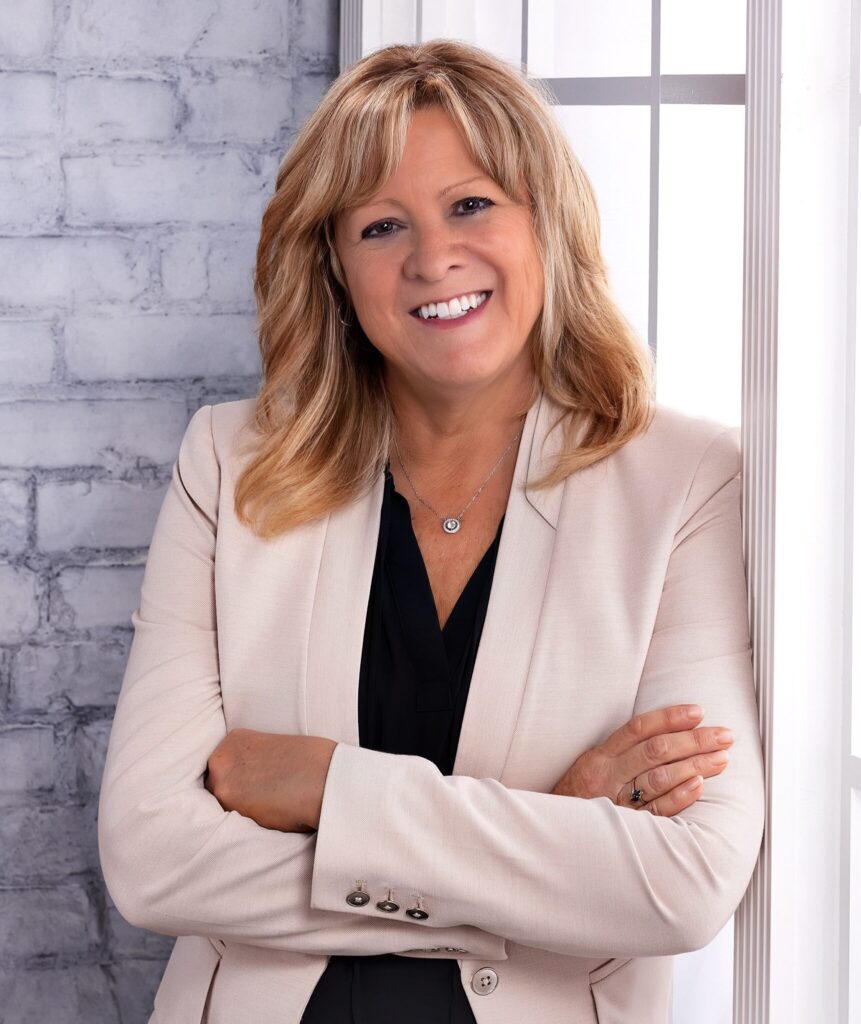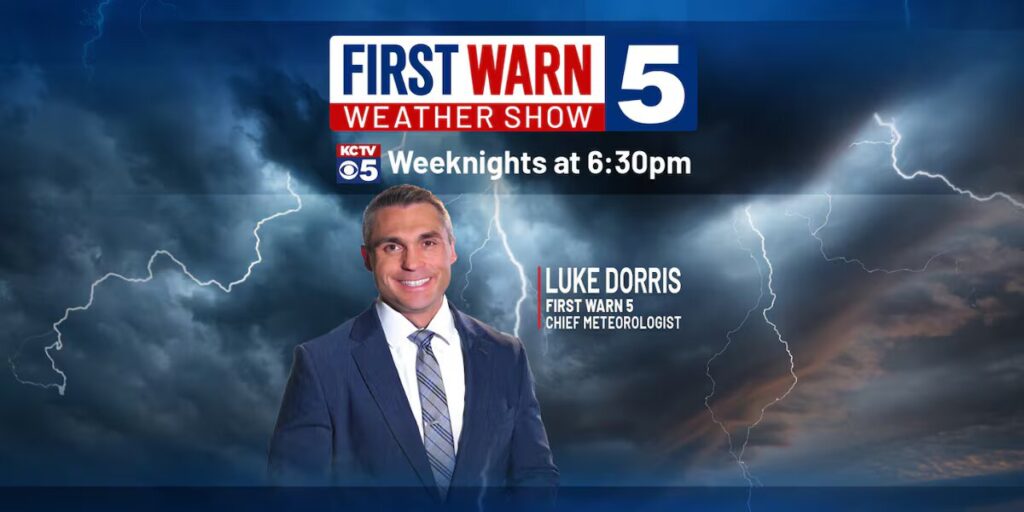 Nielsen's Ian Beavis says successful auto campaigns must be tailored to car buyers, who watch slightly less TV than other viewers and tune in most heavily during primetime and latenight. “We need to improve creative across platforms, place advertising where people watch it and cut through clutter."
Nielsen's Ian Beavis says successful auto campaigns must be tailored to car buyers, who watch slightly less TV than other viewers and tune in most heavily during primetime and latenight. “We need to improve creative across platforms, place advertising where people watch it and cut through clutter."
Local TV Needs Multiplatform Auto Options
Despite this year’s record-breaking growth, the auto industry isn’t expected to grow much over the next five years.
In turn, TV advertising should be part of the industry’s precision marketing plan to reach a relatively small group of potential buyers.
Or so says Ian Beavis, EVP of Nielsen’s auto group, who addressed the state of the car industry, and what that means to broadcasters, Wednesday at the TVB Forward conference in New York.
“I believe there is an opportunity here for the TV industry and [automotive advertisers] to have a better connection with consumers,” Beavis said. “Television in all forms is essential” to the success of the car business.
But achieving that success requires TV ads to clearly deliver messages from car manufacturers to local dealers to those consumers with car buying potential, he emphasized. That means tailoring advertising to car buyers, who watch slightly less TV than other viewers and tune in most heavily during primetime and latenight.
“We need to improve creative across platforms, place advertising where people watch it and cut through clutter,” Beavis said, urging broadcasters to “try to be cognizant of these sorts of things when you’re talking to your” auto advertisers.
Beavis’s remarks were based on his analysis of where the car industry is — and where it’s going.
With 16.1 million car sales expected this year — up 6 million from 2009 — the auto industry reached new heights in August, including GM having its best month since 2008 and Cadillac its best since 1989, he said. More financing being available and growth in the certified used care sector are fueling that growth, he said.
However, “the 16 million range is probably where we’re going to stay for quite a while,” Beavis said.
With increased production costs driving car prices up, affordability is a key factor in that, he said. Drivers are tending to hang onto their cars longer — about 11 years. In turn, automotive advertisers need to work efficiently to reach potential car buyers within the 60 to 90 days they tend to spend shopping for one.
“We all must help the [car industry] improve connections to a relatively small group of consumers,” Beavis said.


























Comments (0)